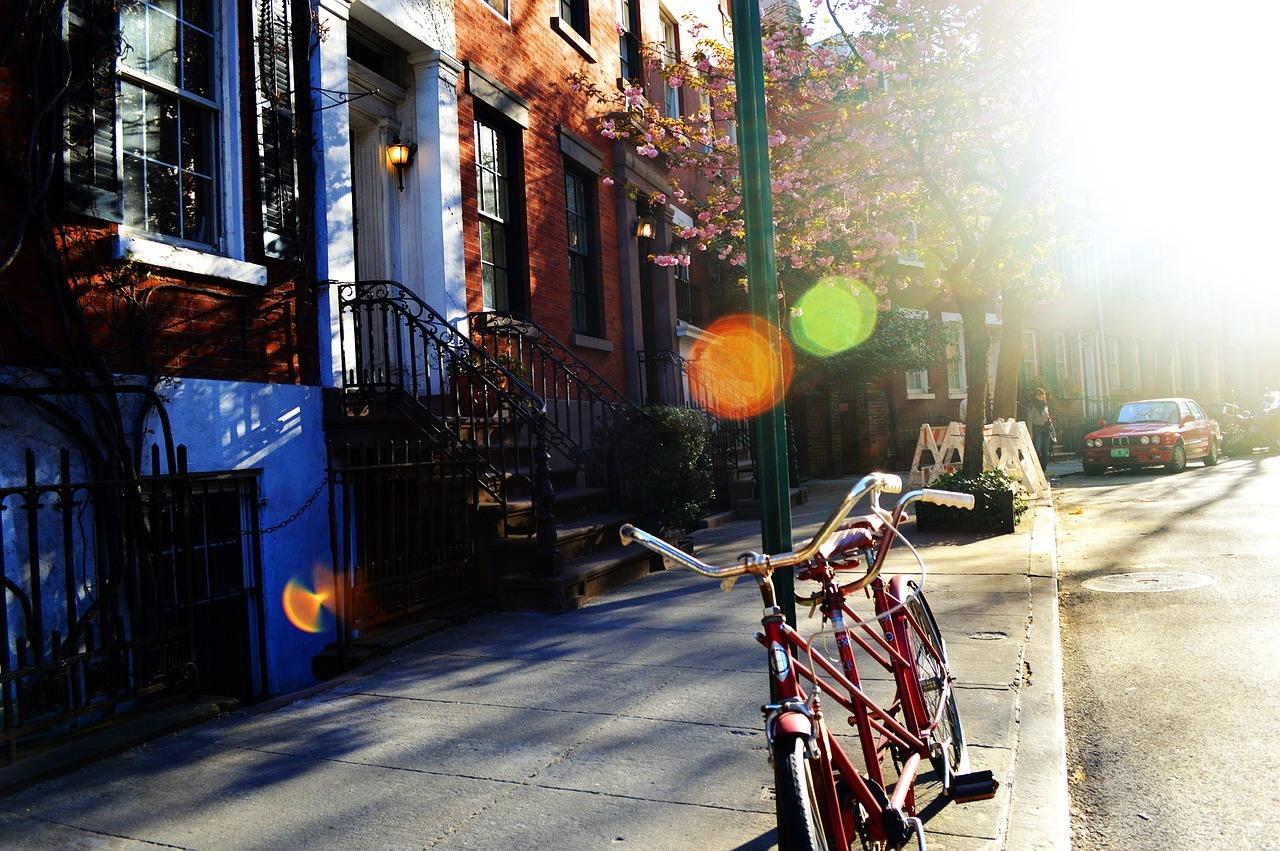
By Scott Huntington
Although Hurricane Matthew wasn't nearly as catastrophic as some feared and expected, its wrath was still felt throughout the Southeastern United States. Despite widespread flooding, torrential rain and even the loss of human life, including dozens in the U.S. alone, many buildings in the region actually withstood the storm quite well. Moreover, homeowners who did suffer property damage are already taking steps to safeguard their belongings in the future.
Securing the community
By looking at the aftermath of Hurricane Matthew, it's easy to identify some shortcomings. Personal docks, boats and other seaside properties were damaged all along Daytona Beach and St. Augustine Beach, while hundreds of thousands of consumers went without power in Florida. If that wasn't challenging enough, rising waters in some areas were only made worse by clogged drainage ditches and channels.
To prevent this in the future, homeowners should ensure their personal docks and connecting stairways are reinforced with storm-resistant building materials. Gas-powered generators are a great option during extended power outages, as are flashlights, lanterns, and even propane or charcoal grills. Although you may have to get creative, it's usually not too difficult to live comfortably in the midst of a storm.
Securing your life
Regardless of all the safeguards and storm-proofing in place, sometimes you have no other choice but to evacuate. In the case of a county- or state-mandated evacuation, refer to your local emergency broadcast stations, either on television or radio, for information on specific routes, detours and shelters.
Securing your car
Modern building methods, especially those used in the Southeastern U.S., utilize a number of storm-resistant features. Hurricane Matthew saw more than one family park their cars in their living rooms because it was safer than being outside. As such, many homeowners are now turning their attention to the garage, making sure it’s up to code as well.
Securing your home
If you're like millions of other Americans, your home means the world to you. As such, it's crucial to properly safeguard your property, your belongings, and your family from hurricanes, tornados, floods and other natural disasters. When doing so, make sure to inspect your home's roof, external doors and windows. If flooding is expected, you may want to consider placing sandbags around the foundation of your home as one final barrier for the impending storm.
Some states, including Florida, even passed legislation to mandate a certain amount of storm-proofing in new or recently renovated homes. According to the new standards, which were prompted by Hurricane Andrew in 1992, homes must be able to handle a minimum of 124 mph sustained winds in addition to short gusts of 160 mph.
Overcoming natural disasters now and in the future
There's no denying that the Southeastern United States has seen its fair share of storms. While Hurricane Matthew is the most recent, it certainly won't be the last. However, with a little bit of forethought, research and elbow grease, you can ensure the safety of your home throughout nearly any natural disaster.
Image credit: Pixabay
Scott Huntington is a writer and blogger. Follow him on Twitter @SMHuntington.
TriplePundit has published articles from over 1000 contributors. If you'd like to be a guest author, please get in touch!














